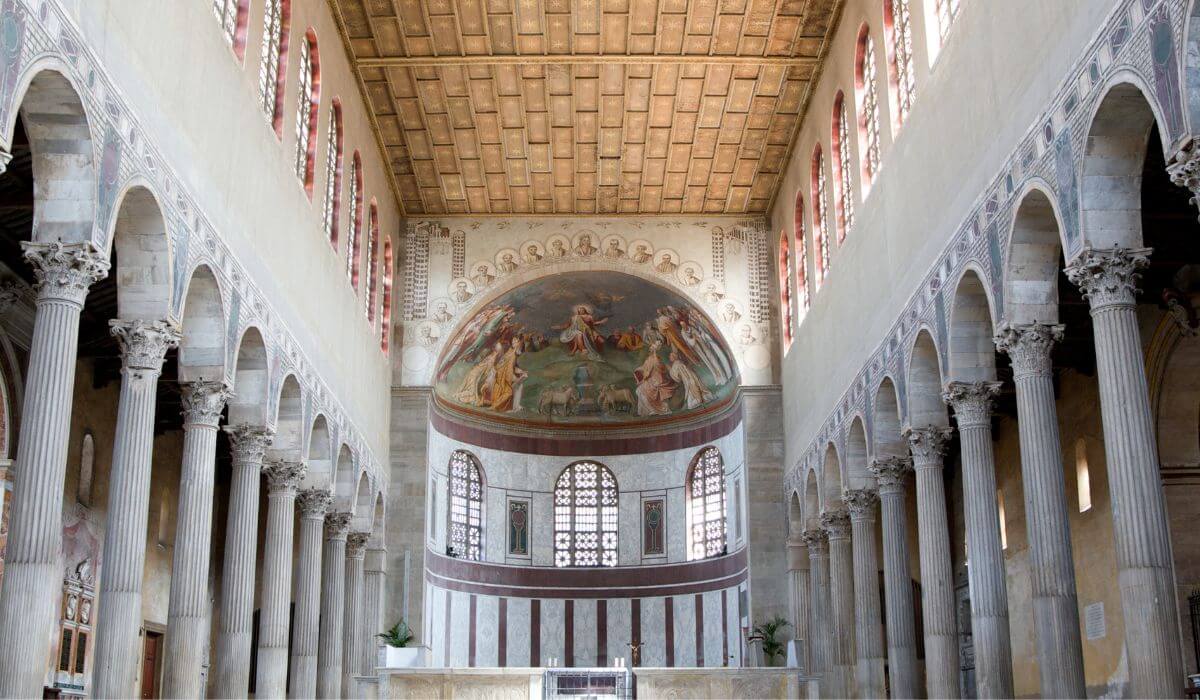
Church of Santa Sabina In Rome (History Facts & Architecture)
Planning to visit the Santa Sabina church and explore its historical and architectural significance?
This guide offers all the key details you need to make the most of your visit to the Basilica of Saint Sabina in Rome. Learn about the church's exact location, its remarkable architectural design, and the rich history that defines this ancient basilica.
For those fascinated by early Christian architecture, explore the Basilica of Santa Sabina's history, discover its pivotal moments, and admire the preserved elements that make this site a must-see. Begin your exploration and immerse yourself in the beauty of Santa Sabina!
Contents
- 1 Do I Need Tickets For St Sabina Church?
- 2 Where Is Basilica Of Santa Sabina Located
- 3 Opening Hours & Best Time for Visit
- 4 St Sabina Mass Schedule
- 5 Guided Tour Visiting Church Of Santa Sabina
- 6 Why are the Church of Santa Sabina Doors so Special?
- 7 What Was the Santa Sabina Used for?
- 8 The Church of Santa Sabina Rome Architecture
- 9 The Short History of the Church of Santa Sabina
- 10 3 Famous Attractions Nearby You Can Visit If You Have Time
- 11 Places to Stay Nearby
- 12 Top Attractions near The Church of Santa Sabina in Rome
- 13 FAQs
- 14 Conclusion
Do I Need Tickets For St Sabina Church?
No, the Church of Santa Sabina is free to visit. However, remember that visitors are not allowed during any church activity.
Where Is Basilica Of Santa Sabina Located
Sitting on top of Aventine Hill, overlooking the River Tiber, the Church of Santa Sabina is close to San Saba and within a short walk of Circus Maximus and the Colosseum.
Opening Hours & Best Time for Visit
The Church of Santa Sabina is open for visitors during the following times.
Days | Hours |
Sunday and Monday | 12 pm to 7 pm |
Tuesday to Saturday | 8 am to 7 pm |
Sunday is by far the busiest day, not just for visitors, but with two Holy Masses held in the morning, for church attendees too.
Saturdays are often busy with weddings too. Weekdays provide the best opportunity to have the time to enjoy everything this amazing church has to offer.
St Sabina Mass Schedule
The Church of Santa Sabina is an active place of worship and holds mass every day of the week. There are no visitors allowed during and liturgical celebrations.
Check the current schedule in this table or visit the official site for the latest information.
Days | Hours |
Monday to Saturday | Holy Mass and Lauds – 7:15 am Office Readings and Vespers 7:15 pm |
Sunday | Holy Mass – 8:00 am and 11:00 am Lauds – 8:45 am Vespers 7:15 pm |
Guided Tour Visiting Church Of Santa Sabina
With so much to see and do in the city, sometimes it’s easier to let someone else handle the details. Consider this Golf Cart Tour – a 2-hour experience with a live guide that offers a quick yet unique way to explore Rome.
You’ll make a brief 5-minute stop near the beautiful Church of Saint Sabina for photos before continuing to other iconic landmarks like Piazza Venezia, the Colosseum, and Circus Maximus, spending no more than 10 minutes at each location.
Buy tickets and you get to enjoy a guided look at the Saint Sabina Basilica, and is perhaps the best way to get to see this fabulous building.
Why are the Church of Santa Sabina Doors so Special?
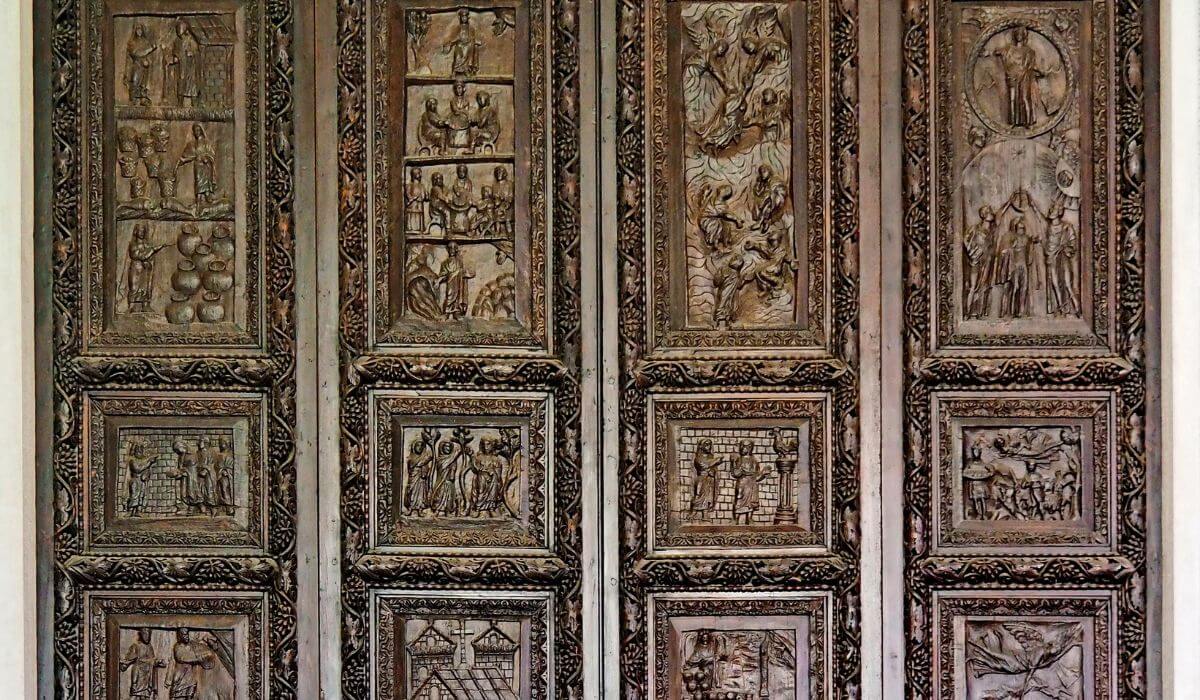
If you enter the St Sabina church building via the narthex, rather than the new side door, you arrive at the center portal with its huge wooden doors. These are the oldest carved wooden doors in Christian art, and are a crucial example of their kind.
Made from Cypress Wood, they were carved around 432, and originally comprised 28 panels. Today there are 18 original carvings left, depicting the crucifixion, angels at the tomb of Jesus, the three Magi and other scenes.
Today they are out of their original order through work that took place on the doors at some point in the building’s history. However, for the oldest church in Rome Italy, they are a unique example of the history of worship.
What Was the Santa Sabina Used for?
The Church of Santa Sabina in Rome, Italy has spent the majority of its life as a place of worship, first for the Catholic Church Itself and later under the ownership of the Dominicans.
However, it has had other uses too, and the St Sabina Rome visitors would remember in the late 1800s was a lazaretto, a place for quarantining those arriving in Rome by sea.
The Church of Santa Sabina Rome Architecture
With the formal Christian Church barely 100 years old, design inspiration for architects inevitably came from the buildings surrounding the site.
The basilica style structure was used primarily for administrative style buildings in Rome, however, it had a significant advantage over the traditional style Roman Temples. Space.
The interiors of Roman Temples were often very small compared to the exterior dimensions, but Christianity was looking to create spaces for mass worship, where lots of people could attend at once.
The arched, rectangular construction of the basilica allowed for much more spacious interiors. This is shown well in the Santa Sabina Church Rome when you step inside.
Exterior Santa Sabina Church
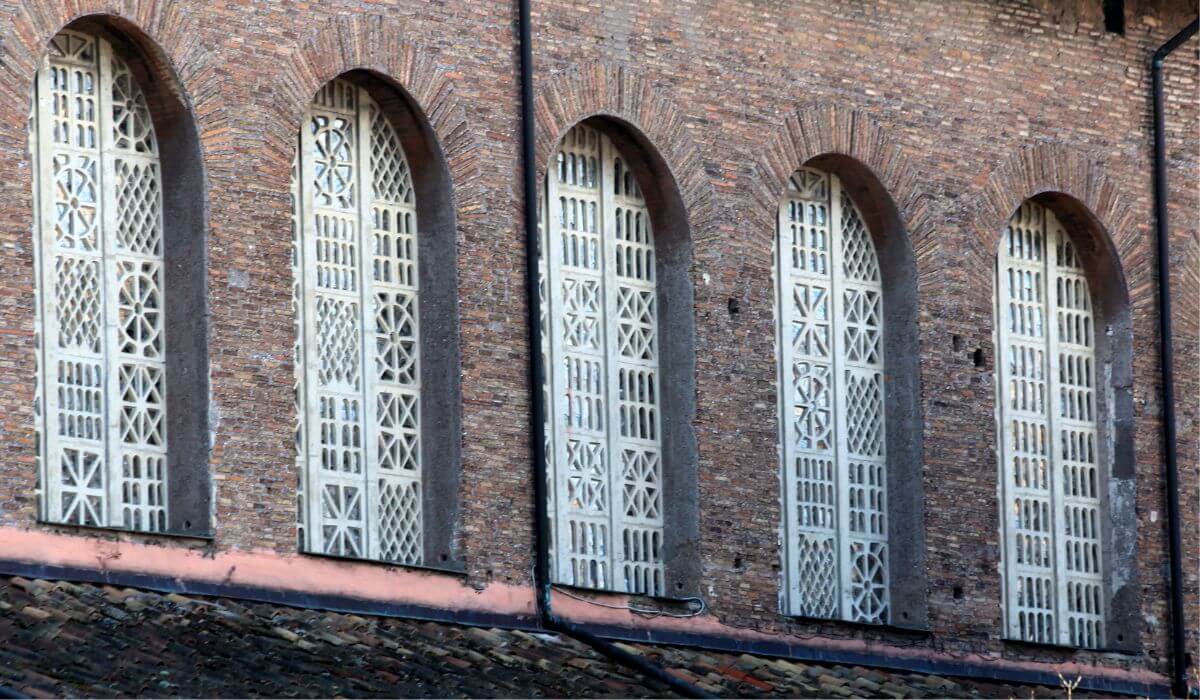
St Sabina Rome occupies an impressive position atop the Aventine Hill and is indicative of the architectural style of the era, and perhaps the finest preserved building of its type anywhere.
The building features a semi-circular apse and a colonnaded porch that opens out onto the cloister. Brickwork is mostly unrendered, and the building retains much of its original appearance from over 1800 years ago.
It is not all original though, with the bell tower a 10th century addition, later rebuilt in the 17th century. Perhaps the most famous part of the Santa Sabina Church Rome architecture are the great wooden doors.
Interior Church of Santa Sabina
The rectangular, column-lined space of the interior of St Sabina Rome shows that space advantage very well.
It also reveals another benefit of the basilica style for the Church, the longitudinal axis of the space. Step through the famous wooden doors of the Santa Sabina Church Rome and you look straight down the building, its longest axis, to the focal point of worship.
The space wasn’t just larger than older temples, but offered a shape and design that better fitted the purpose.
Inside the church there are 24 Corinthian style columns that were recycled from a previous building, and when first built, the walls of the space were adorned with multiple mosaics.
Today they are long gone, the sole original mosaic remaining being the counter-façade. There is also a 1560 fresco installed in the apse, based on drawings of the original fresco in that location.
The marble floor that is there today mimics the original, but is a replacement installed in the 20th century.
The Short History of the Church of Santa Sabina
The Basilica of Saint Sabina was built in the early part of the 5th century by Peter of Illyria and sits on the Aventine Hill in Rome. The church was completed barely 100 years after the legalization of the Christian Church in Rome.
However, the site was in use even before then though, and was previously one of the early Roman Imperial Houses, said to be owned by a Roman Matron, Sabina.
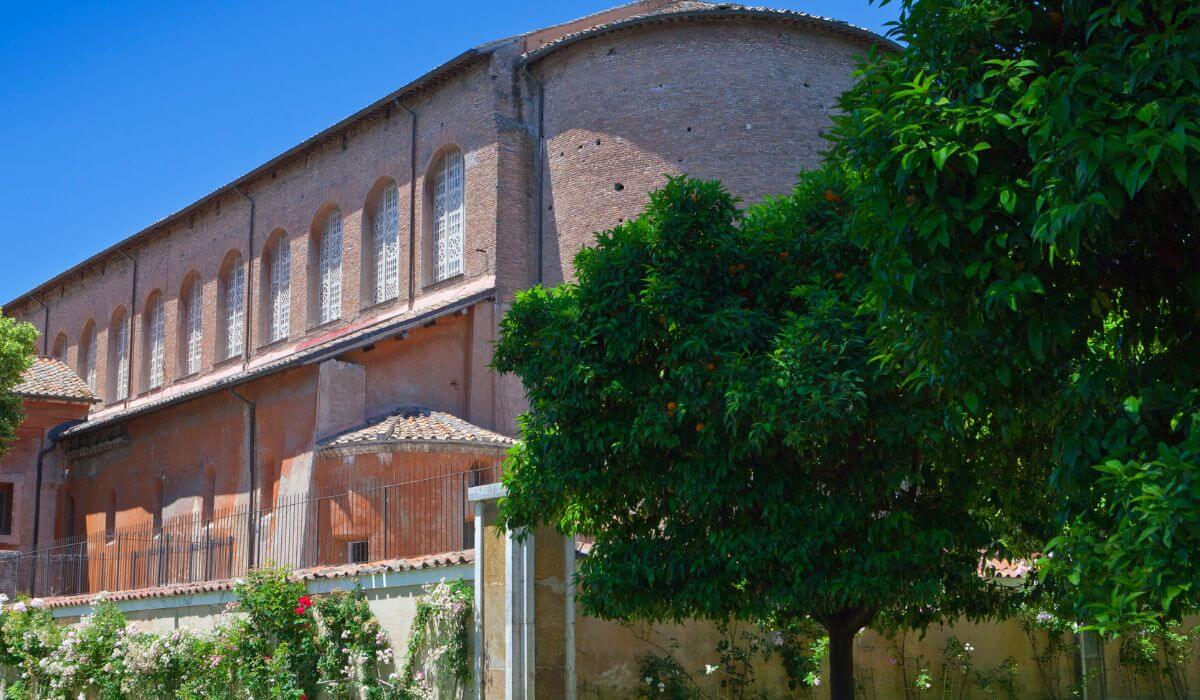
Sabina was put to death by Emperor Hadrian in AD126 and was later declared a Catholic Saint. The Church of Santa Sabina history begins with Pope Celestine I awarding the cardinal title of Santa Sabina in 423.
In the 9th century, the basilica Santa Sabina was enveloped by a fortress area, and in 1222 the Church of Santa Sabina Rome saw new ownership, as the church itself passed the property to Saint Dominic and his Dominican Order of Preachers. It then became the seat of a papal conclave in 1287 and saw interior renovations in both 1587 and 1643.
In 1970, when the Italian Kingdom conquered Rome, the Dominicans were expelled, and the Basilica of Saint Sabina became a quarantine station for maritime travelers, known as a lazaretto.
Although most basilica of the era have long since vanished, constant use had seen the church reasonably well maintained, however, between 1914 and 1919 the building was restored to its medieval appearance by architect and historian Antonio Muñoz.
Today it is the oldest basilica in Rome that still retains its classic rectangular plan.
3 Famous Attractions Nearby You Can Visit If You Have Time
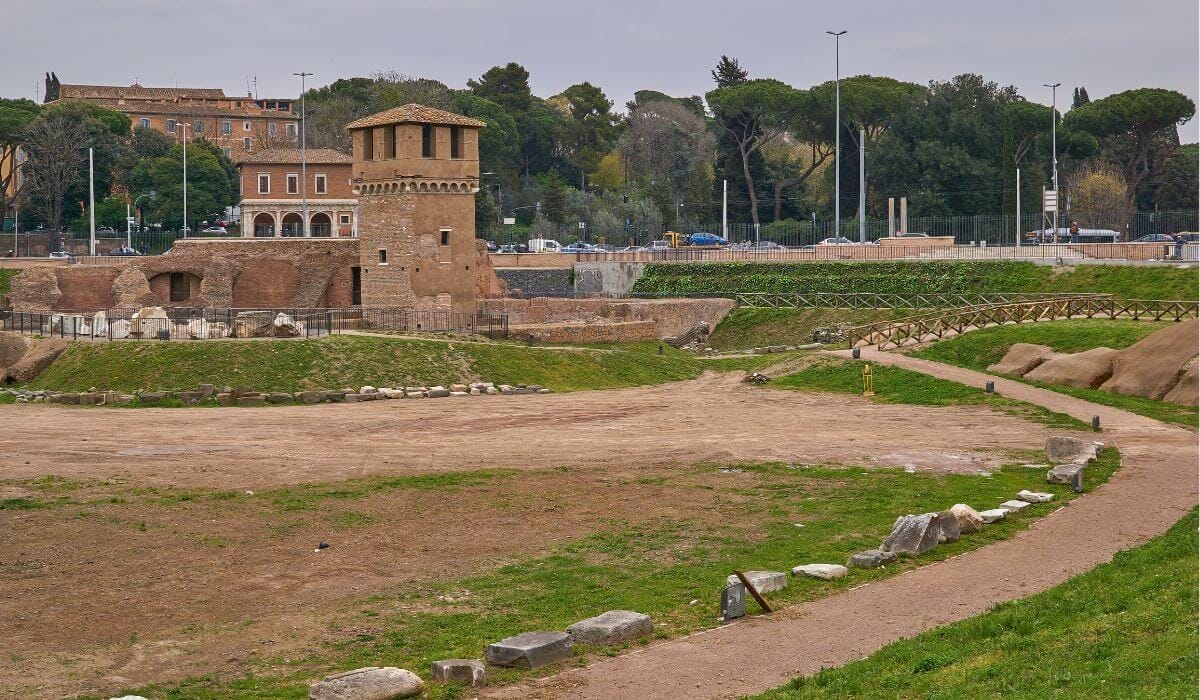
One of the beautiful things about a visit to Rome is that wherever you are, you are never far from something incredible.
The Church of Saina Sabina is no different, and while you enjoy your visit, there are plenty of other places nearby to check out too.
Circus Maximus
Just a very short walk down the hill takes you to Circus Maximus, the larges building for entertainment created in antiquity, and at 140 meters wide and 600 meters long, one of the largest of any type constructed in those times.
The Colosseum
Perhaps the most famous ancient ruins in the world, the Colosseum is a must visit for any trip to Rome, and if you enjoy the Church of Santa Sabina, you are in easy reach of this wonderful site.
The Roman Forum
A network of ancient buildings, streets and excavations that give us a unique glimpse in the world that came before us. The center of public life for close over a thousand years, the Roman Forum is the essence of ancient Rome, right before your eyes.
Places to Stay Nearby
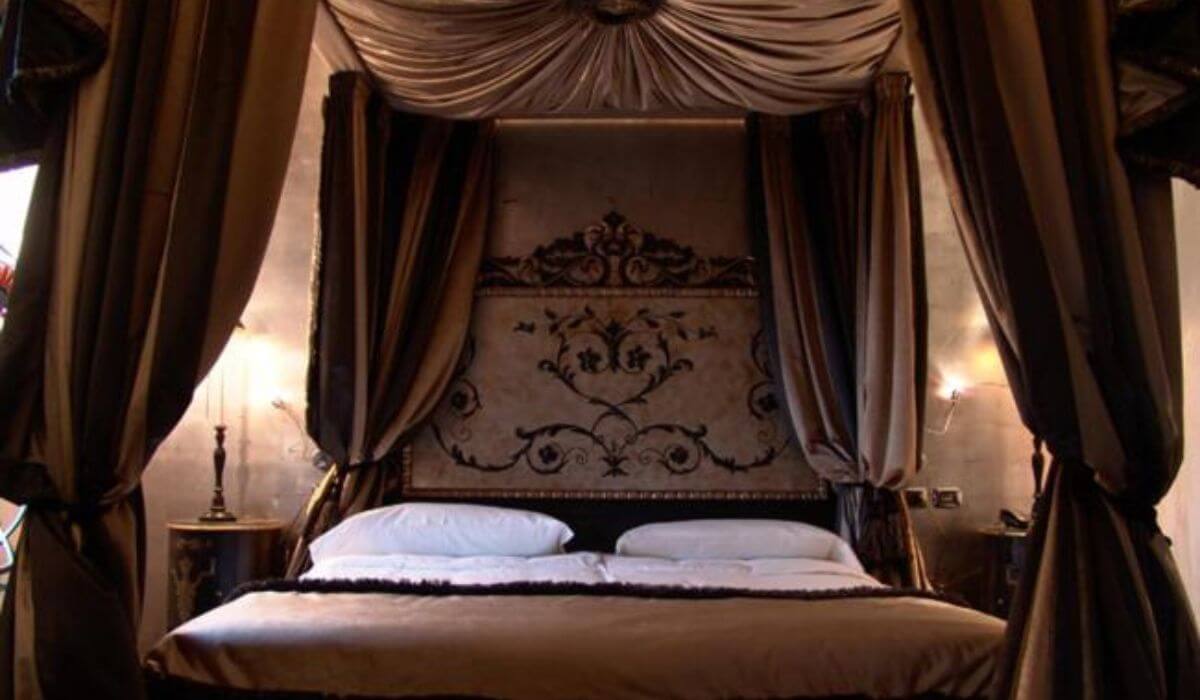
Here are our favorite options for staying near the Church of Santa Sabina and the other amazing locations in this area.
- San Anselmo – A 19th century villa complete with a private garden, you can enjoy Rome in style when you stay here. Classic style, exceptional service and within an easy walk of the church and other sites.
- Circo Massimo Apartment – Another option within easy walk of the church is this self-catering apartment. With a private roof terrace to enjoy the evenings, it has everything you need.
Top Attractions near The Church of Santa Sabina in Rome

After admiring the ancient beauty of the Church of Santa Sabina, you’ll find yourself surrounded by some of Rome’s most captivating spots.
From serene gardens to fascinating ruins, there’s plenty to see nearby.
Here are a few must-visit attractions within walking distance.
- Giardino degli Aranci – Just steps away from Santa Sabina, this peaceful park offers stunning views of Rome’s skyline. Known as the Orange Garden, it’s a perfect place to relax and take in the city from above after your visit to the church.
- Aventine Keyhole – For a unique view, head to the nearby Aventine Keyhole. Peering through the small opening reveals a perfectly framed view of St. Peter’s Basilica. It’s a hidden gem that adds a bit of mystery to your sightseeing.
- Basilica of San Saba – A short walk from Santa Sabina, the Basilica of San Saba is a lesser-known gem. Its beautiful frescoes and ancient Roman influences make it a fascinating spot for history enthusiasts who enjoy quiet, off-the-beaten-path discoveries.
- Pyramid of Cestius – A 15-minute walk will take you to this striking ancient pyramid, built as a tomb in the 1st century BC. It's an unexpected sight in Rome, offering a blend of Egyptian-inspired architecture and Roman history.
- Circus Maximus – Just a bit further down the hill, the Circus Maximus (see tickets here) invites you to imagine ancient chariot races. Today, it’s a massive park where you can stroll, relax, or take in the history of one of Rome’s oldest entertainment venues.
- Baths of Caracalla – About a 20-minute walk away, the Baths of Caracalla (check price on this page) were once the grandest bathhouses in ancient Rome. Now, the vast ruins give you a sense of Roman luxury, and during the summer, you might catch an opera performance here.
- Roseto Comunale (Municipal Rose Garden) – Near the Circus Maximus, the Roseto Comunale blooms with thousands of roses in the spring and summer. It’s a lovely, quiet spot to escape the city bustle and enjoy the colorful display of flowers.
With these wonderful attractions close to the Church of Santa Sabina, you can easily spend a day exploring both the serene and historic aspects of Rome. Each spot adds a unique touch to your visit in this charming part of the city.
FAQs

When was Santa Sabina built?
The Church of Santa Sabina was built in the early 5th century, with construction completing in 423.
What style is the church of Santa Sabina?
The church is in a basilica style, designed to provide more space within than the pagan temples that existed in Rome at the time.
Who is buried at Santa Sabina?
There are several medieval tomb slabs set into the marble floor that indicate a burial site. The most important of these is that of the 13th century Master General of the Dominicans, Muñoz de Zamora. It uses a mosaic effigy to depict the grave, the only one of its kind in Rome. Also buried here is Cardinal Ausiàs Despuig, who died in the 15th century.
Conclusion
As the finest example of its kind of architecture and unique sights such as the magnificent carved wooden doors, the Church of Santa Sabina is a great place to visit and see how the Christian Church appeared at its birth in Rome.
Fanny, an ardent admirer of ancient history and architecture, has been fascinated by the Colosseum since her first visit to Rome in 2012. As a key contributor to the Visit Colosseum Rome blog, she brings her passion for the Roman Empire’s monumental legacy to every article and guide.
